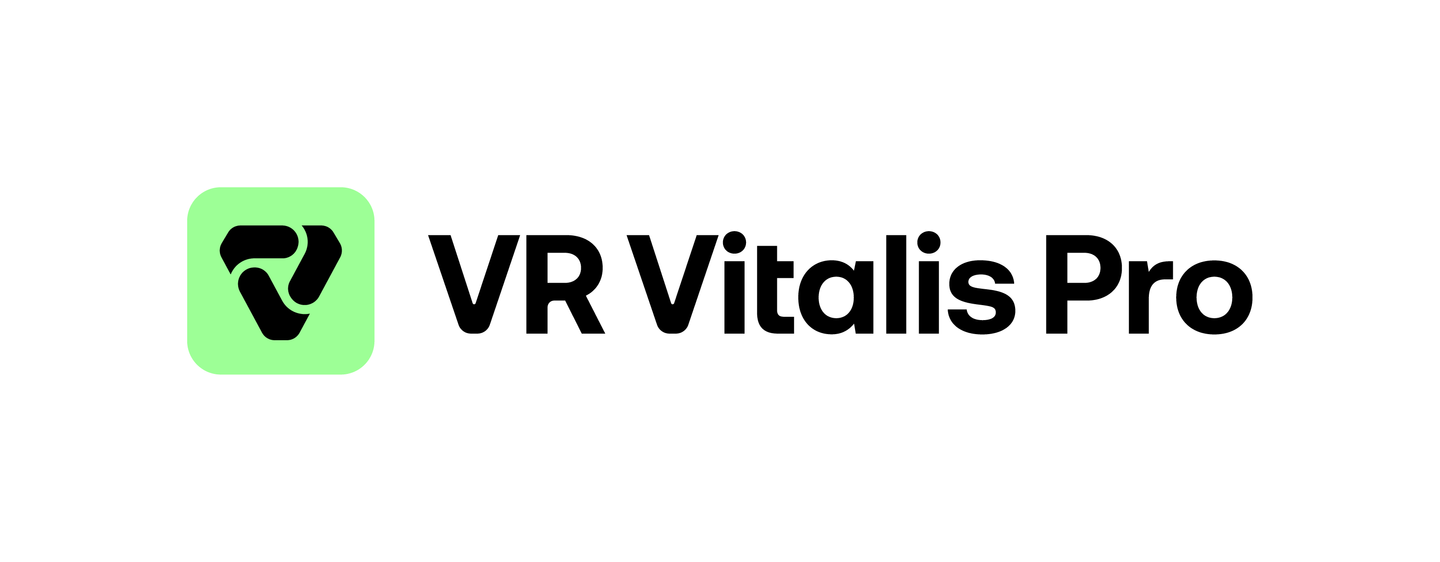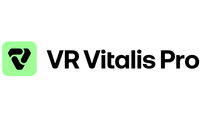

Training brain functions - Case Study
User
A young man (28 years old) who is confined to a wheelchair after a car accident or spinal cord injury. In addition to motor problems, he has mainly speech and memory problems, which significantly isolates him socially.
Progress
About a year ago, we enriched the need for training brain functions with rehabilitation through virtual reality, which was included in the portfolio of rehabilitation methods of the Centrum trénování pameti in Ostrava.
The user adapted very well to the VR Vitalis environment. By combining VR with music therapy and art therapy, he is gradually achieving improvements in individual motor and cognitive areas.
Initially, he had great difficulties in controlling the controller in terms of gross motor free movements, but gradually he was able to control his movements more and more and to control the VR modules. He was most involved during the Puzzle and Drawing modules. The amount of time he was able to concentrate on the exercise also increased significantly. This was also influenced by his personal motivation to use VR, as he had previous positive testimonials about the technology from other neurologically impaired users. Furthermore, this improvement has also enabled him to use the computer more effectively, he can now use a mouse and (with limitations) type on a keyboard.
In addition to the rehabilitation aspect itself, the socialisation impact should also be mentioned - virtual reality, as a modern technology, is an interesting and "trendy" tool for young people for entertainment and education. Thus, the use of virtual reality provided the user with a topic for interaction with their peers, which drew them into communication platforms on social networks and in face-to-face contact.
